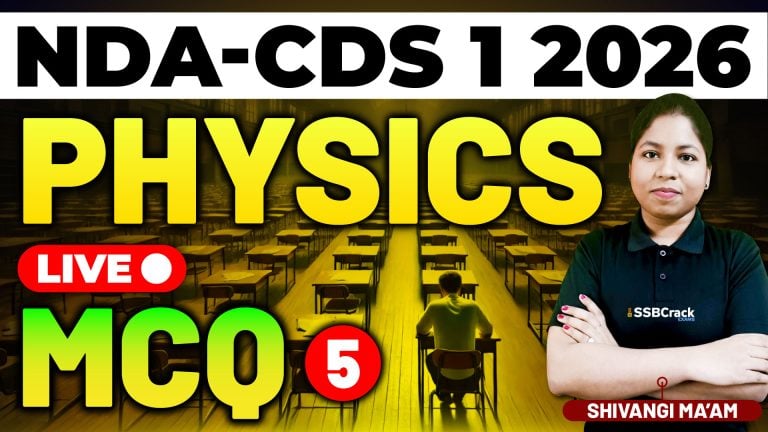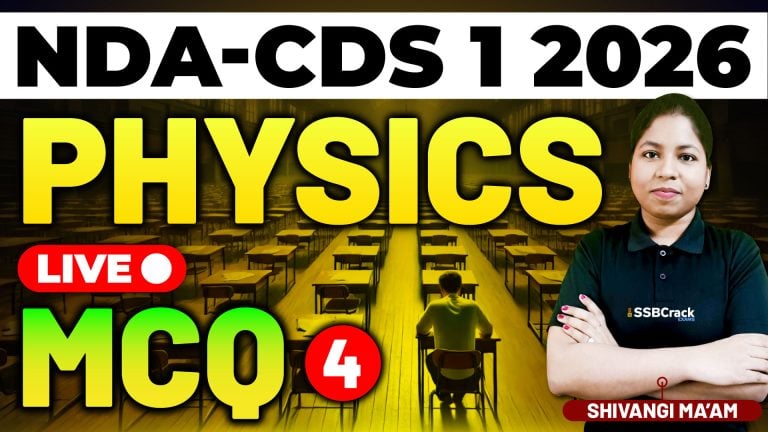Preparing for the NDA-NA Exam, particularly Paper I in Mathematics, requires a thorough understanding of various topics, including statistics. In a recent class dedicated to this subject, we covered essential concepts such as types of data, graphical representations, measures of central tendency, and measures of dispersion. The session also focused on solving MCQs to reinforce these concepts. This article highlights these topics and provides strategies for effectively approaching statistics questions in the exam.
Key Concepts Discussed
Data: Primary and Secondary
- Primary Data: This is data collected firsthand by the researcher through experiments, surveys, or observations. It is original and specific to the study’s purpose.
- Secondary Data: This data is collected from existing sources such as books, journals, or online databases. It is not original and is used for purposes other than the study’s immediate need.
Types of Data: Raw, Discrete, and Continuous
- Raw Data: Unprocessed and unorganized data collected from a source.
- Discrete Data: Data that can take only specific values, often integers. Examples include the number of students in a class or the number of cars in a parking lot.
- Continuous Data: Data that can take any value within a given range. Examples include height, weight, and temperature.
Graphical Representations
- Bar Graph: A chart with rectangular bars representing different categories. The length of each bar corresponds to the frequency or value of the category.
- Pie Chart: A circular chart divided into sectors representing different categories. Each sector’s size is proportional to the category’s value.
- Histogram: A graphical representation of data using bars of different heights. It is used to represent the frequency distribution of continuous data.
- Frequency Polygon: A line graph created by connecting the midpoints of the tops of the bars in a histogram.
- Cumulative Frequency Curve (Ogives): A graph showing the cumulative frequencies for a dataset. It helps in understanding the distribution of data.
Measures of Central Tendency
- Mean: The average of a dataset, calculated by summing all the values and dividing by the number of values.
- Median: The middle value of a dataset when the values are arranged in ascending or descending order.
- Mode: The value that appears most frequently in a dataset.
Measures of Dispersion
- Range: The difference between the highest and lowest values in a dataset.
- Mean Deviation: The average of the absolute differences between each value and the mean of the dataset.
- Variance: The average of the squared differences between each value and the mean of the dataset.
- Standard Deviation: The square root of the variance, representing the dispersion of a dataset relative to its mean.
Strategies for Solving Statistics MCQs
- Understand the Problem Statement
- Carefully read the problem statement to identify what is being asked. Determine if the question involves calculating a measure of central tendency, dispersion, or interpreting a graphical representation.
- Identify the Data Type
- Recognize whether the data is raw, discrete, or continuous. This identification helps in choosing the appropriate method for solving the problem.
- Use Appropriate Graphs
- For questions involving graphical representations, understand which type of graph to use based on the data provided. For instance, use histograms for continuous data and bar graphs for discrete data.
- Apply Correct Formulas
- Although this article avoids mathematical formulas, it’s essential to know which formula to apply for calculating measures like mean, median, mode, range, variance, and standard deviation. Familiarize yourself with these formulas during your study sessions.
- Practice Interpretation
- Practice interpreting graphs and charts to answer related questions quickly. Pay attention to details like scales, axes, and data labels.
- Review and Clarify Concepts
- Regularly review key concepts and clarify any doubts with teachers or peers. Discussing problems can provide new insights and reinforce your understanding.
Effective Preparation Strategies
- Solidify the Basics
- Ensure you have a strong grasp of basic statistical concepts. Review definitions, types of data, and the purposes of different graphical representations.
- Practice a Variety of Problems
- Work on different types of statistical problems to gain a broad understanding. Practice calculating measures of central tendency and dispersion, and interpreting various graphs.
- Understand Real-World Applications
- Study how statistics are used in real-world scenarios. Understanding applications can make abstract concepts more tangible and easier to grasp.
- Take Regular Mock Tests
- Assess your preparation level by taking regular mock tests. Timed tests will help you manage your time effectively during the actual exam.
- Stay Updated with Exam Patterns
- Familiarize yourself with the exam pattern and types of questions typically asked in the NDA-NA exam. Understanding the format will reduce surprises on exam day.
- Focus on Accuracy and Speed
- While practicing, aim for both accuracy and speed. Statistics problems can often be solved quickly if you understand the concepts well and can apply them efficiently.
Conclusion
Mastering statistics is crucial for performing well in the NDA-NA Mathematics exam. By understanding key concepts, practicing regularly, and applying effective strategies, you can improve your problem-solving skills and increase your confidence. Remember to approach your preparation with dedication and a positive mindset. Consistent effort and a thorough understanding of the material will lead to success in the statistics section of the exam.
Approach your preparation with a positive mindset and use the strategies discussed here to excel in your NDA-NA exam. Good luck!

















